Four Wellington Portraits by Andrew Ross, at the New Zealand Portrait Gallery Correction: 10/3/23, Spelling changed to Swensson Andrew Ross (1966-) is best known for his often unpeopled photographs of faded, threatened, disappearing parts of inner-city Wellington. His range, of course, is wider than that – tramping huts and abandoned ohu in the New Zealand backcountry, or the ancient landscapes of England and the United States are among recent projects. But documenting his home territory is at the heart of what he does. Although Ross is not seen as a portrait photographer, his photographs, however indirectly, are usually about people. For this exhibition we selected four that are more obviously portraits than most. Ross then provided an engaging account of how each photograph came about. - David Colquhoun, exhibition curator, 2015
Andrew Ross - links and info All prints are 8"x10" (203 x 254mm) POP (printing-out paper), gold toned.
These are the artist's prints, on loan from Photospace Gallery. More information on photographer Andrew Ross. Documentary video on Andrew Ross - The Past in the Present - by Kate Logan, 2012 (16 minutes). NZ Portrait Gallery exhibition - Capital Characters
0 Comments
This series of 8 photographs was taken by Andrew Ross while he was Artist in Residence at Tylee Cottage, Whanganui, in 2009. The programme is run by the Sarjeant Gallery, Whanganui, and these photographs were included in Ross's major exhibition of 72 photographs at the Sarjeant in 2010 - see Mark Amery's review 'Shifting Perspectives'. All but one of the Ahu Ahu Ohu photographs ('Gateway...', photo below) were taken on the same day. While working, Andrew spent two nights camped in the Community Building (photo above). The exhibition prints are contact-printed from 8"x10" black and white film negatives, a process that creates prints of the same size as the negatives and with the maximum possible detail and tonal subtlety (as opposed to scanning or optically enlarging the negatives). The prints are gold- and selenium toned to enhance the tonal range and add extra archival stability. Ahu Ahu Ohu is in a remote area on a tributary of the Whanganui River. The government's ohu scheme, which allowed communities to settle on Crown-owned land, was announced in 1973. However, the initiative lost one of its main proponents with the death of Prime Minister Norman Kirk the following year. Groups struggled to find suitable land, and only about eight ohu were ever established. Ahu Ahu survived until about 2000, despite difficulties with access and other problems.
Source: www.teara.govt.nz Andrew Ross - artist information More photographs by Andrew Ross 'The past in the present' - video documentary on Andrew's photography, by Kate Logan.
|
AuthorPhotography Matters II Categories |

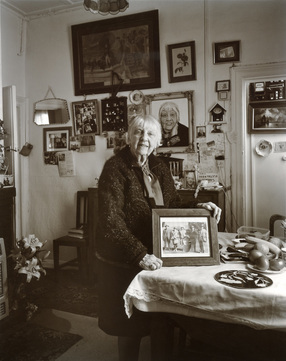
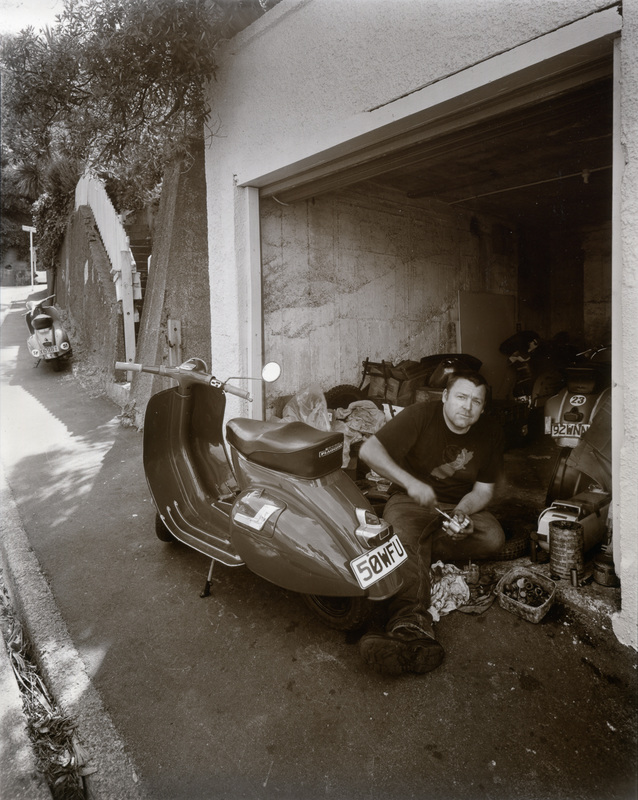
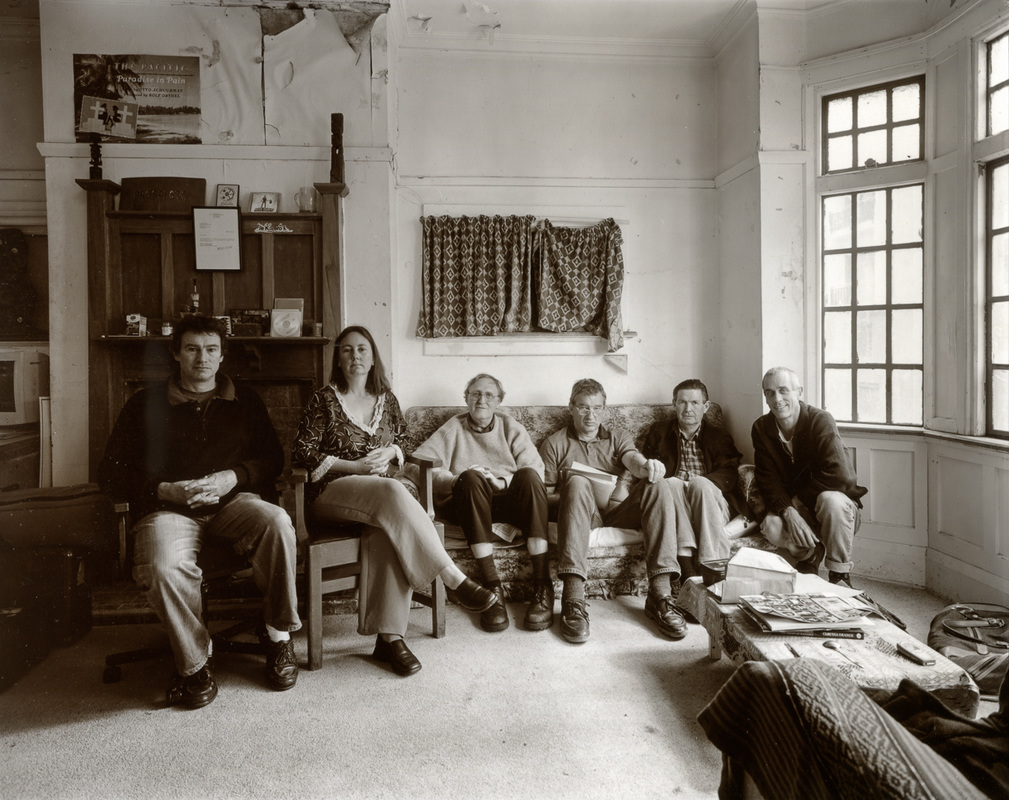
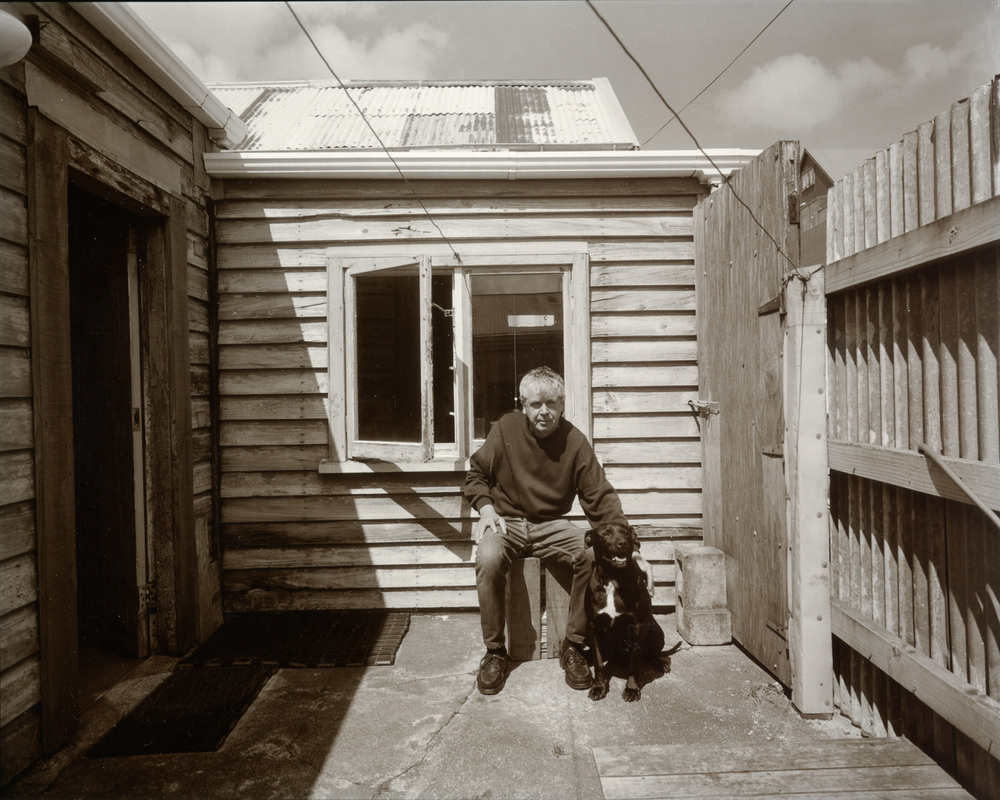
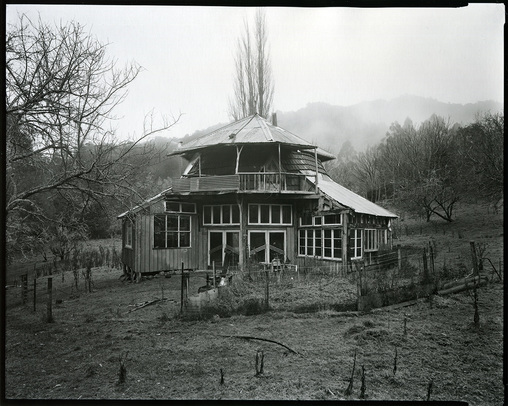
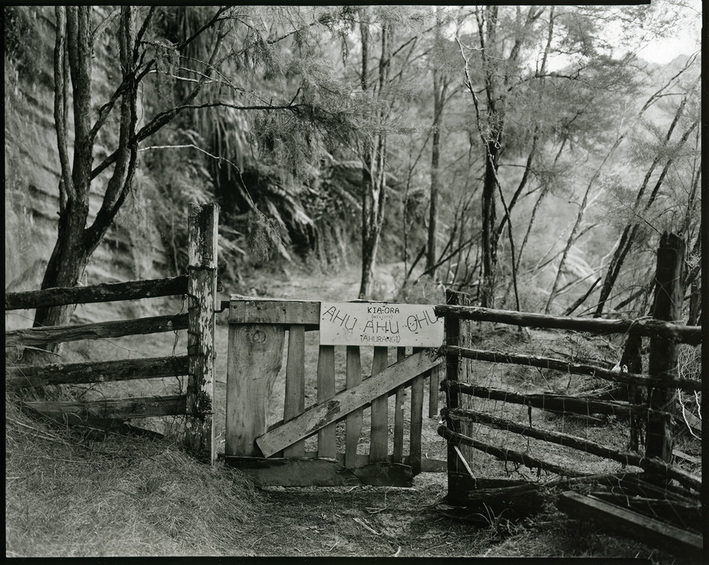
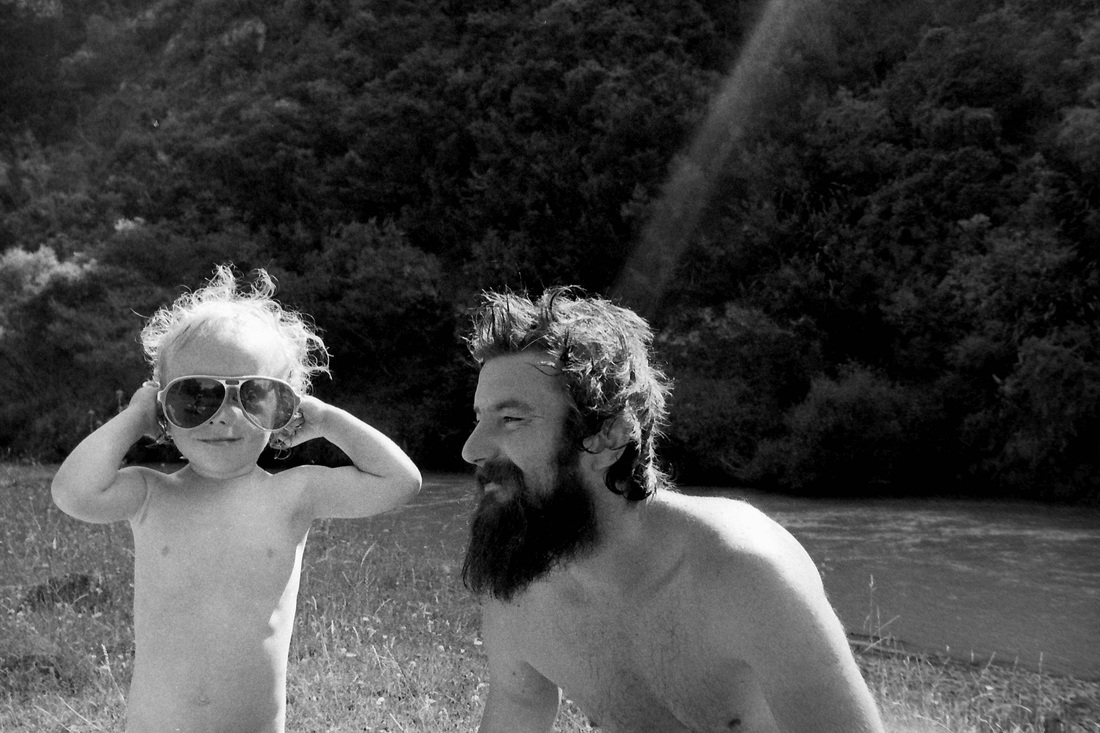
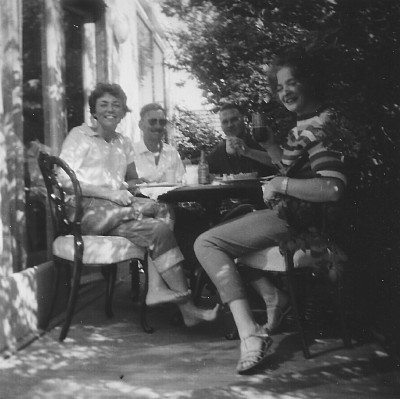
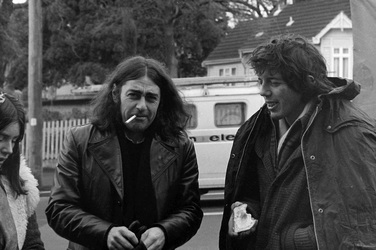
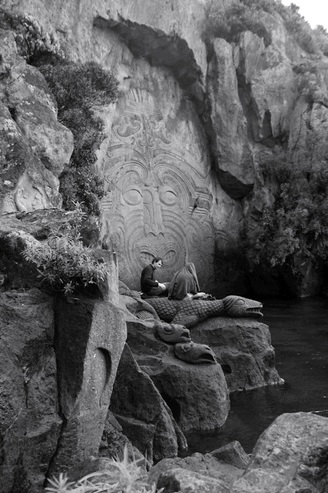
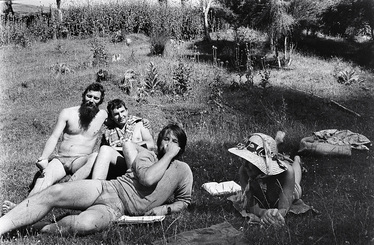
 RSS Feed
RSS Feed
